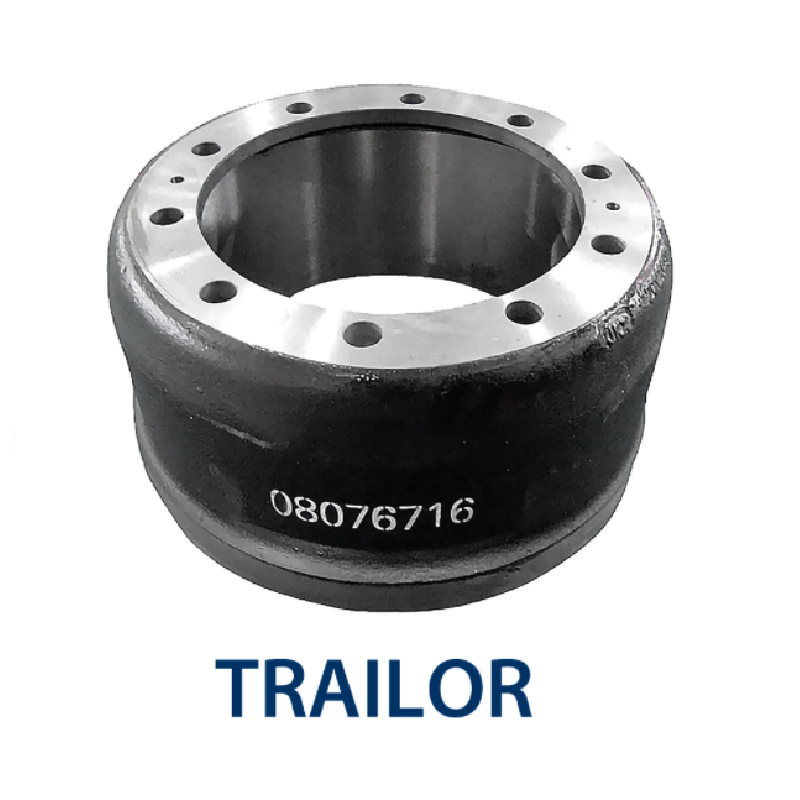Sep . 03, 2024 03:02 Back to list
How to Measure Brake Drum Wear
How to Measure Brake Drum Wear
Brake drums play a crucial role in the braking system of vehicles, helping to ensure that your car stops when you need it to. Over time, these components can wear down due to friction caused by the brake shoes contacting the surface of the drum. Understanding how to measure brake drum wear is essential for vehicle maintenance, ensuring safety, and prolonging the life of your braking system.
Tools Needed
Before you begin measuring, you'll need a few tools a brake drum micrometer, a tape measure, and possibly a caliper. These tools allow for accurate measurement of the drum's inner diameter, which is essential for determining wear.
Step-by-Step Guide
1. Prepare the Vehicle Start by safely lifting the vehicle using a jack and securing it with jack stands. Remove the wheel and then take off the brake drum to access its inner surface.
how to measure brake drum wear

2. Clean the Drum Use a clean rag to wipe down the inner surface of the brake drum. Removing dust and debris will help ensure accurate measurements.
3. Measure the Inner Diameter Using a brake drum micrometer, measure the inner diameter at several points around the drum. It's important to take multiple measurements because abnormal wear can cause the drum to be larger in some areas than in others. Compare your measurements to the manufacturer's specifications for the drum. Most brake drums have a specified maximum inner diameter; if your measurements exceed this limit, it’s time for a replacement.
4. Check for Microscopic Cracks or Scoring After measuring the diameter, inspect the surface of the drum for any signs of cracks, scoring, or pitting. Use a flashlight if necessary, as these issues can compromise the braking performance and need addressing immediately.
5. Assess the Thickness Finally, measure the thickness of the drum at its thinnest part to ensure it is within allowable limits. A significant reduction in wall thickness indicates wear, and if it falls below the manufacturer’s specifications, the drum should be replaced.
Conclusion
Regularly measuring brake drum wear is vital to maintaining safe braking performance. By following these steps, you can accurately assess the condition of your brake drums and take appropriate action to ensure your vehicle is safe to operate. Remember, if you are ever unsure about the condition of your brake components, consult a professional mechanic. Keeping up with brake maintenance not only enhances safety but also contributes to the overall longevity of your vehicle's braking system.
-
IVEKO High-Performance Brake Drums Durable & Precision-Engineered
NewsMay.17,2025
-
Brake Drum Man High-Quality Drum Brake & Shoe Solutions
NewsMay.17,2025
-
Brake Drum Man Premium Drum Brake & Shoe Solutions OEM-Compliant
NewsMay.16,2025
-
Brake Drum Man High-Quality Drum Brake & Shoe Kits for Vehicles
NewsMay.16,2025
-
Brake Drum Man High-Quality Drum Brake Parts & Expert Solutions
NewsMay.16,2025
-
Brake Drum Man High-Quality Drum Brake & Shoe Solutions
NewsMay.15,2025
